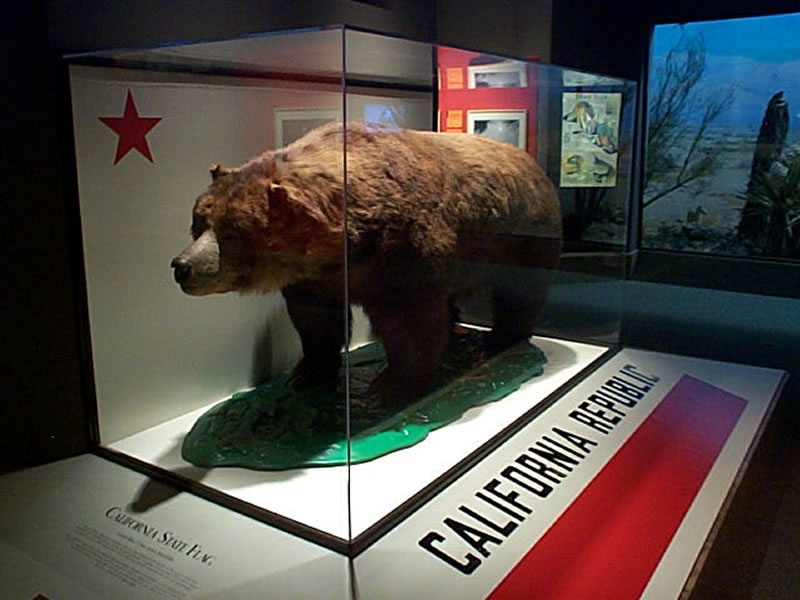My profession as a property manager requires me to travel throughout southern California; scouting foreclosed properties with the intent to aquire them at auction. In the course of a week, I have observed and explored several different types of ecosystems, analyzing the biotic and abiotic factors of each one. These are MY OWN photos, a small glimpse of capturing the western frontier.
Aguanga, CA
Biotic factors include the shrubs displaying a uniform distribution pattern. It was very quiet the only sound was the wind whispering, and there wasn't even one bird in the sky. Abiotic factors include the rocks, dead tree(bottom right corner), and dirt/sand. Interactions may include competition between plants for resources(water) and space.
NEXT STOP...
Big Bear Lake, CA
When I was there I also noticed a slimy green substance lining the banks of the lake, which might include some algae or decaying plant matter(abiotic) as seen in the bottom left corner. The lake itself is also an abiotic factor.
QUEST THROUGH THE DESERT
 The Mojave Desert covers a significant portion of southeastern California, it is home to the San Jacinto Mountains and cities like Barstow, Palm Springs, CA and Las Vegas, NV. In this picture I took off Highway 62 going towards Yucca Valley, you can see a perfect example of uniform distribution displayed by the shrubs. As I kneeled quietly, I noticed several lizards and other reptilians, sunbathing. All of which are biotic factors. Some abiotic factors are the many small rocks and sand covering the landscape, also the hills in the background which affect climate.
The Mojave Desert covers a significant portion of southeastern California, it is home to the San Jacinto Mountains and cities like Barstow, Palm Springs, CA and Las Vegas, NV. In this picture I took off Highway 62 going towards Yucca Valley, you can see a perfect example of uniform distribution displayed by the shrubs. As I kneeled quietly, I noticed several lizards and other reptilians, sunbathing. All of which are biotic factors. Some abiotic factors are the many small rocks and sand covering the landscape, also the hills in the background which affect climate.
HAVE YOU REACHED YOUR DESTINATION?



